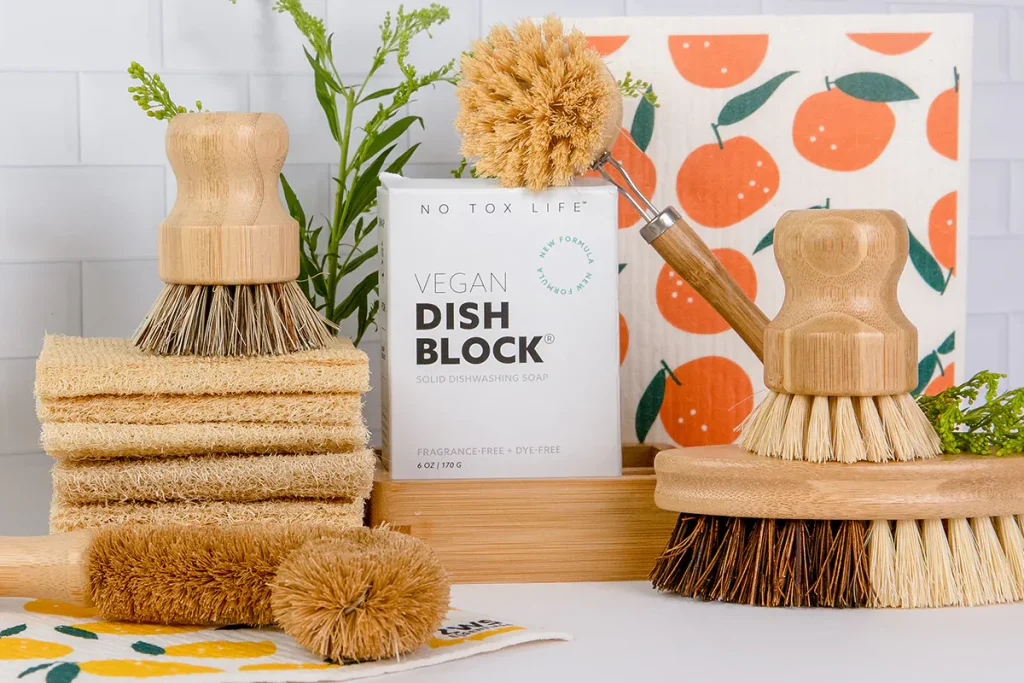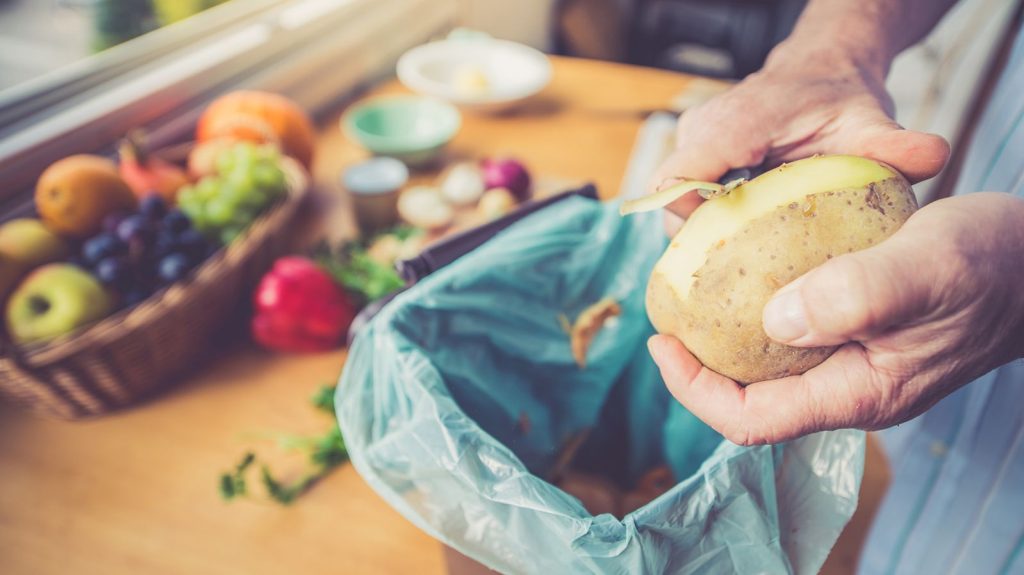
5 Sustainable Swaps to Make Your Home Eco-Friendly
In today’s world, making environmentally conscious choices at home isn’t just a trend—it’s a necessity. Small changes in our daily routines can have a significant impact on reducing our carbon footprint and creating a healthier living environment. Fortunately, transitioning to an eco-friendly home doesn’t require a complete overhaul; it often starts with simple, sustainable swaps. Here are five practical changes you can make to transform your home into a greener space.
1. Swap Single-Use Plastics for Reusable Alternatives

Plastic pollution continues to be a global environmental crisis, and households contribute significantly to the problem. One of the easiest ways to reduce plastic waste is to replace single-use items with reusable alternatives. Instead of disposable water bottles, invest in a high-quality stainless steel or glass bottle. Swap plastic straws for reusable metal, bamboo, or silicone versions. Even everyday kitchen items, like food storage containers, can be replaced with glass or silicone options.
Making these small changes not only reduces waste but also saves money over time. Reusable items tend to be more durable, and you’ll notice fewer trips to the store for disposable products. The cumulative effect of these swaps can be substantial, creating a long-lasting positive impact on the environment.
2. Upgrade to Energy-Efficient Lighting
Lighting accounts for a significant portion of household energy consumption. Switching from traditional incandescent bulbs to LED or CFL bulbs can drastically reduce your energy usage. LEDs, in particular, are highly energy-efficient, consuming up to 80% less energy than conventional bulbs and lasting up to 25 times longer.
Beyond changing bulbs, consider using smart lighting systems. Smart bulbs can be programmed to turn off when not in use or adjust brightness based on natural light levels. This not only conserves energy but also reduces your electricity bill. Pairing energy-efficient lighting with mindful habits, like turning off lights when leaving a room, makes your home greener without sacrificing comfort.
3. Choose Eco-Friendly Cleaning Products

Conventional cleaning products often contain harsh chemicals that are harmful to both human health and the environment. Many of these chemicals can seep into water systems, polluting rivers and lakes. Switching to eco-friendly cleaning alternatives is an effective way to reduce your household’s chemical footprint.
Look for biodegradable, non-toxic cleaning solutions, or make your own using natural ingredients like vinegar, baking soda, and lemon juice. These alternatives are not only safer for your family but also reduce plastic waste if purchased in concentrated refillable forms. Additionally, many eco-friendly products come in recyclable packaging, further minimizing your environmental impact.
4. Opt for Sustainable Textiles
The fabrics and textiles we use at home—such as bedding, curtains, and towels—have a surprisingly large environmental footprint. Conventional cotton farming, for instance, consumes vast amounts of water and often relies on chemical pesticides. Making the switch to sustainable textiles can make your home significantly more eco-friendly.
Look for organic cotton, bamboo, hemp, or recycled fabrics. These materials are produced with less water, fewer chemicals, and more ethical labor practices. Not only are sustainable textiles better for the environment, but they also tend to be softer, more durable, and free from synthetic dyes that can irritate the skin. Investing in eco-conscious fabrics is a long-term change that benefits both the planet and your home’s comfort.
5. Reduce Waste with Smart Kitchen Swaps

The kitchen is often the heart of the home, but it can also be a significant source of waste. Making sustainable swaps in this area can dramatically reduce your household’s environmental footprint. Start by replacing single-use paper towels with reusable cloth towels or bamboo alternatives. Swap plastic wrap for beeswax wraps or silicone covers for food storage.
Composting is another game-changer. By composting fruit and vegetable scraps, coffee grounds, and eggshells, you can divert a large portion of household waste from landfills while creating nutrient-rich soil for your garden. Pairing these habits with mindful shopping—buying in bulk, choosing products with minimal packaging, and avoiding disposable items—can create a more sustainable kitchen that inspires long-term eco-conscious habits.
Conclusion
Adopting a more sustainable lifestyle at home doesn’t require drastic measures. By making a few thoughtful swaps—choosing reusable items, upgrading to energy-efficient lighting, using eco-friendly cleaning products, selecting sustainable textiles, and reducing kitchen waste—you can significantly lower your environmental footprint. These changes are practical, cost-effective, and impactful, proving that even small adjustments in daily life can contribute to a greener, healthier planet. Start with one or two swaps today, and over time, these small changes will create a ripple effect, fostering a more sustainable lifestyle for you and your family.


